Seven
The number of days most Chinese workers will get off work during the 40-day lunar new year period, giving them a rare chance to spend time with their families. At midnight on Wednesday, hundreds of millions of people will celebrate the end of the year of the horse and the dawn of the year of the sheep. For much of the week, they will dispense with their regular routines to eat dumplings, light fireworks and watch television.
3.6bn
Passenger trips (slightly fewer than three trips for every Chinese citizen) will turn China’s roads, airports and train stations into congestion hotspots over the 40-day period, according to government predictions. The annual Chunyun, or “spring festival transport”, is the largest human migration in the world. Major cities empty, sleepy villages spring to life, and traffic jams on major roads stretch for miles.

$100bn
The sum Chinese consumers spent on shopping and eating out during the lunar new year period in 2014, about twice as much as Americans spent during last year’s Thanksgiving weekend.
Six
The number of strokes that comprise the character 羊, the forthcoming lunar year’s name. Pronounced yang, the character can mean either sheep or goat.
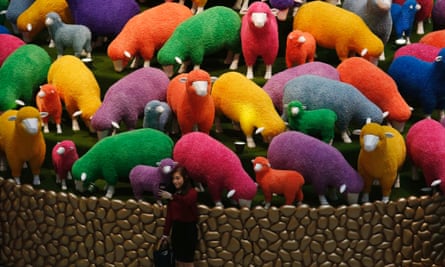
1,032
The number of train tickets purchased online every second for a brief period in December before they sold out. While most trips are made by road, travellers will also take 295m train rides and 42m flights. On 19 December alone, China Railway Corporation’s official ticketing website, 12306.cn, sold 5.6m tickets.
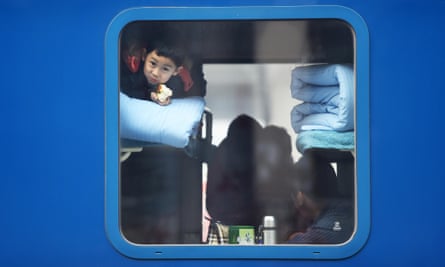
12
Animal signs make up the Chinese zodiac. Astrologers posit that babies born under each sign are bestowed with unique personality traits – rat-year babies are cautious, dragon babies resilient, dog babies intelligent, and sheep babies are considered meek.
Nine out of 10
People born in the year of the sheep do not find happiness in their lives, according to Chinese myth, and anecdotal evidence says that many families delay having children until a more auspicious year rolls around. Nationwide statistics, it should be noted, do not bear out the trend.
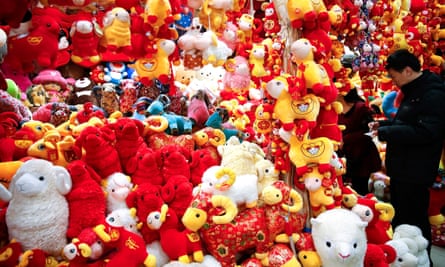
119
The number of countries, from the US to Rwanda, that will host festivities to mark the new year, according to the Chinese culture ministry.
138
Chinese cities that have banned fireworks this year. Another 536 have restricted their use, largely over concerns about air pollution and personal safety. Yet despite warnings in the official press, most Chinese cities have been filled with red firework stands in the runup to the new year, and explosions will ring out for weeks.
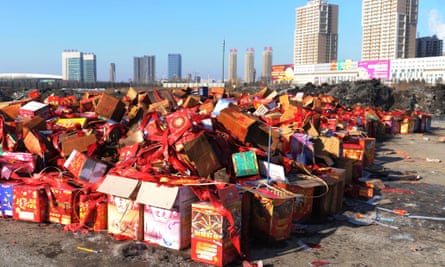
13
The number of years for which fireworks were banned in Beijing before 2006, when authorities buckled under an intense public backlash. Three years later, an unauthorised display sparked a massive fire at the unfinished, Rem Koolhaas-designed Mandarin Oriental hotel in the city’s central business district. The building has yet to be repaired.
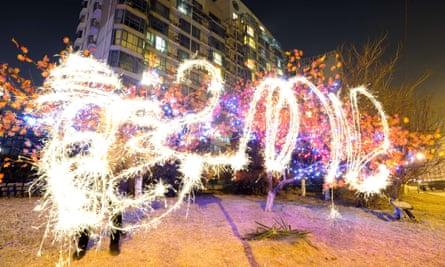
814 million
People who tuned in to watch last year’s spring festival gala, an annual government-run variety show, making it one of the most-watched television broadcasts in history (the 2008 Beijing Olympics opening ceremony is number one, with 984 million viewers). The gala is notorious for its lowest common denominator approach to entertainment, rife with cheap gags and thinly veiled official propaganda. Yet most families watch it anyway, if only by force of habit. This year, organisers plan to turn the gala into a global show, which will be promoted through websites and more than 10 foreign broadcasters, according to the state news agency, Xinhua.
10m
Messages sent on WeChat, China’s most popular mobile messaging service, every minute between 10pm and midnight on Chinese new year’s eve 2104. The service boasts 500 million monthly users, and its success suggests that Chinese citizens are becoming increasingly connected each year.
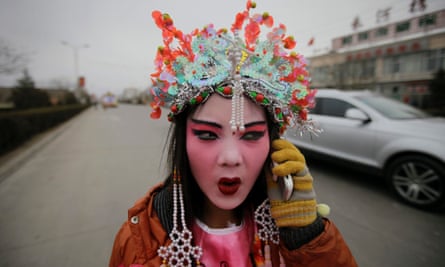
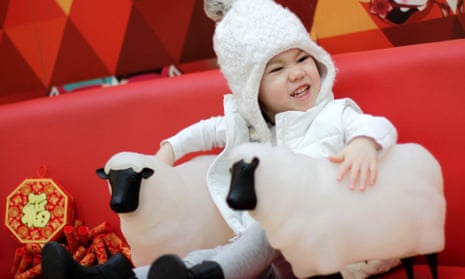
Comments (…)
Sign in or create your Guardian account to join the discussion